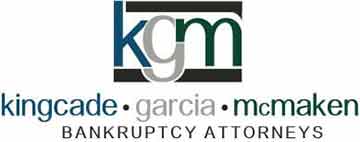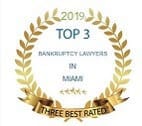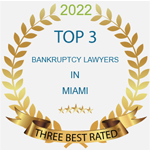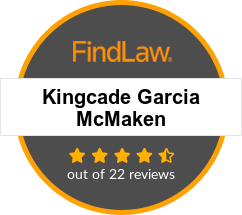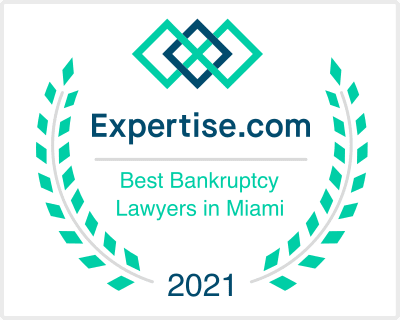What are my options if I am struggling with debt in 2024?
Struggling with debt? Take comfort, you’ve got company. In 2023, American households hit a new milestone, but not the kind you celebrate. We are talking a towering $17.3 trillion in debt, a record high that’s got wallets wincing nationwide.
It is like a financial tempest: rising interest rates and ballooning inflation join forces with sky-high mortgage rates, making waves in our bank accounts. These aren’t just bumps in the road; they are potholes the size of craters and when the money crunch got real, many waved the white flag to bankruptcy. Rates increased by 20% in just a year. Over 400,000 folks saw it as their lifeline, a way to breathe again financially.
But is it the right move for you? That’s the million-dollar question.
First, explore options to manage the debt.
When debt becomes overwhelming, it feels like you are carrying a weight that gets heavier each day. There is a light at the end of the tunnel but before you can plot a course to debt relief, you must have a clear understanding of where you stand. Start by gathering all your financial documents — credit card statements, loan paperwork, medical bills, and any other debts. List out each debt, the interest rate, the minimum monthly payment, and the total amount owed. This will give you a comprehensive view of your obligations and will be crucial for any debt relief strategy.
Once you have this information prepared you can start to take the steps needed to get through the maze of debt relief.
Step #1: Budgeting and expense reduction
The foundation of any debt relief plan is a solid budget. Examine your income and expenses and look for areas where you can cut back. Simple changes like cooking at home instead of dining out, canceling unused subscriptions, or shopping around for cheaper insurance can free up extra cash to put towards your debts.
Once you have taken this step, you can tackle the debt that remains.
Step #2: Paying off the debt
Two popular methods to pay off debt include the snowball and the debt avalanche.
- Debt Snowball: This approach focuses on paying off the smallest debts first while maintaining minimum payments on others. As each small debt is eliminated, you roll the payments into the next smallest debt, creating a “snowball” effect.
- Debt Avalanche: Alternatively, the debt avalanche method prioritizes debts with the highest interest rates. By tackling these first, you may save money on interest over time, potentially speeding up the debt relief process.
Both methods have their merits, and the best choice depends on your personal circumstances and motivation.
Sometimes, it is possible to negotiate with creditors directly for more favorable repayment terms or even settlement offers.
Step #3: Bankruptcy
There are two primary types of consumer bankruptcy:
- Chapter 7: This is a liquidation bankruptcy that can eliminate most of your unsecured debts. You may have to give up some assets, but many types of property are exempt and can be kept. However, most Chapter 7 cases are ‘no-asset’ cases, meaning the debtor gives up no possessions. This happens for two reasons. First, you can allot for basic assets, called exemptions that are necessary for day-to-day living. For possessions that are not part of the exemption, creditors likely don’t want them.
- Chapter 13: This reorganization bankruptcy involves a repayment plan that generally lasts three to five years. It tends to work well for individuals with a regular income who can pay back at least a portion of their debts.
Bankruptcy can offer a fresh start, but it comes with consequences, including an impact on your credit score. It is crucial to consult with a bankruptcy attorney to understand and take steps to mitigate the implications.
Debt relief is not a one-size-fits-all solution. It requires a customized approach that takes into account your unique financial situation. By understanding your debts, creating a budget, choosing the right repayment strategy, negotiating with creditors, and seeking professional guidance when necessary, you can navigate your way out of debt and towards a more stable financial future. Remember, the road to debt relief is a journey — one that requires commitment and discipline. With the right approach and guidance, it is possible to regain control of your finances. Remember that every situation is unique, and what works for one person may not be the best option for another. By understanding your options and making informed decisions, you can pave the way to a more secure financial future.

